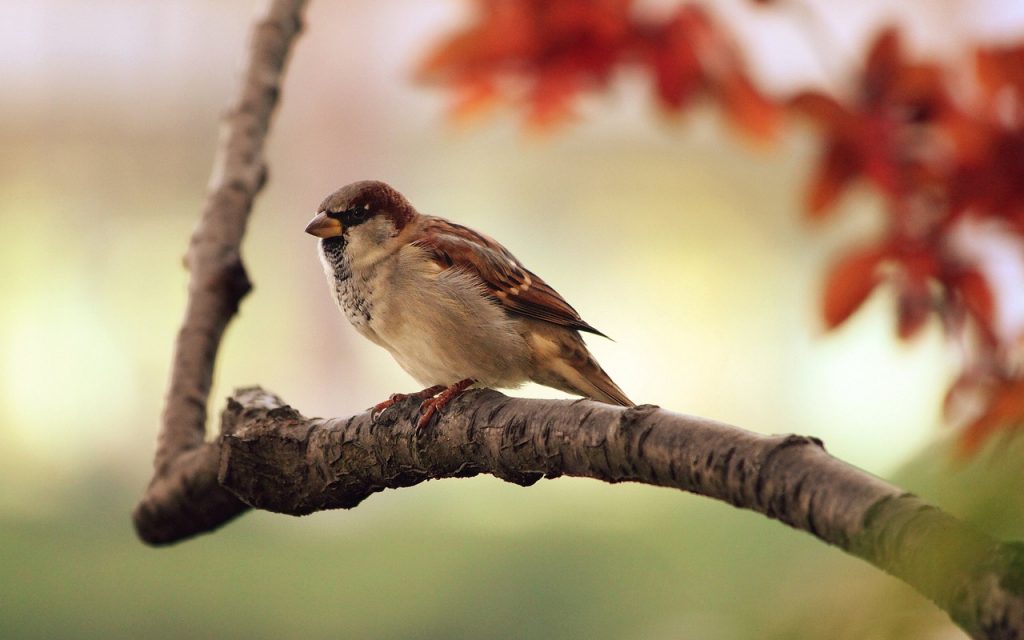Nestled on the picturesque Costa Blanca in Spain, Albir is a serene haven that offers a unique blend of natural beauty and a tranquil environment. This small town, lying in the shadow of the majestic Sierra Helada mountain range, is a paradise for nature lovers and, in particular, for bird watchers. With its diverse habitats ranging from rugged cliffs to lush valleys, Albir is an ideal spot for ornithologists and amateur bird enthusiasts alike to explore and enjoy the beauty of avian life.
The Allure of Albir
Albir's charm lies in its unspoiled natural beauty. Unlike some of its more commercialized neighbors, Albir has maintained a balance between development and nature conservation. This approach has helped preserve the habitats that are crucial for the survival and prosperity of various bird species. The town's proximity to the Mediterranean Sea adds to its appeal, creating a unique coastal ecosystem that supports a rich biodiversity.
Bird Watching Hotspots in Albir
1. Sierra Helada Natural Park
This natural park is a treasure trove for bird watchers. The cliffs here are home to seabirds like the Audouin's gull and the European shag. The park's higher altitude areas and pine forests host species such as the Sardinian warbler and the Bonelli's eagle.
2. Albir Garden Resort
The gardens and ponds of this resort provide a sanctuary for many migratory and native birds. Here, one can spot the colorful hoopoe, the elusive nightingale, and various species of finches and warblers
3. Albir Beachfront
The beach and its surrounding areas are excellent for spotting shorebirds. The Kentish plover and the little stint are commonly seen foraging along the waterline, while the Mediterranean gull can be observed flying overhead.
The Bird Watching Experience
Bird watching in Albir is not just about spotting rare species; it's an immersive experience that connects one with nature. The best times for bird watching are early in the morning or late in the afternoon when birds are most active. With a pair of binoculars and a field guide in hand, enthusiasts can slowly tread along the designated paths, keeping an eye out for any movement in the bushes or the skies.
Spring and autumn are particularly exciting times in Albir, as these are the peak seasons for bird migration. During these periods, the skies and woods are abuzz with activity, offering bird watchers a chance to witness the remarkable journey of various migratory species.
Engaging with the Community
The local community in Albir is actively involved in promoting and conserving the area's natural heritage. Several local organizations and nature clubs conduct guided bird-watching tours, workshops, and educational programs for both residents and tourists. These activities not only enhance the bird-watching experience but also foster a sense of community and a shared responsibility towards nature conservation.
Photography and Conservation
For wildlife photographers, Albir presents endless opportunities. The natural lighting, coupled with the stunning backdrop of the Sierra Helada and the Mediterranean Sea, makes for some breathtaking photographs. However, it's crucial for photographers and bird watchers alike to adhere to ethical practices. This means maintaining a safe distance from the birds, not disrupting their natural behavior, and being mindful of the environment.
Challenges and Conservation Efforts
Like many natural habitats around the world, the areas around Albir face environmental challenges. Urbanization and climate change pose threats to the delicate ecosystems that birds rely on. In response, local conservation groups are working tirelessly to protect these habitats. Efforts include habitat restoration projects, pollution control, and public awareness campaigns about the importance of biodiversity and conservation.
Tips for a Memorable Bird Watching Experience
- Equip Appropriately: Binoculars, a field guide, and comfortable clothing are essential for a fruitful bird-watching trip.
- Respect Nature: Stay on designated paths, avoid loud noises, and do not litter.
- Learn Local Regulations: Familiarize yourself with any specific guidelines or regulations in the area.
- Join a Guided Tour: For beginners, joining a guided tour can be informative and enriching.
- Document Your Sightings: Keeping a record of the birds you see can be a rewarding aspect of bird watching.
Conclusion
Bird watching in Albir is more than a hobby; it's a journey into the heart of nature. It offers a chance to disconnect from the hustle of everyday life and reconnect with the natural world. The diverse range of birds, the breathtaking landscapes, and the commitment of the local community to conservation make Albir a must-visit destination for anyone passionate about wildlife and nature. Whether you are a seasoned ornithologist or a curious beginner, Albir promises an unforgettable experience filled with beauty, learning, and a deeper appreciation for our feathered friends.
What is the best time of year for bird watching in Albir?
Spring and autumn are ideal for bird watching in Albir, as these seasons mark the peak of bird migration, offering an opportunity to witness a variety of migratory species
Are there guided bird-watching tours available in Albir?
Yes, several local organizations and nature clubs in Albir offer guided bird-watching tours, which are great for beginners and provide educational insights about the local birdlife.
What types of birds can I expect to see in Albir?
In Albir, you can spot a diverse range of birds including the Audouin's gull, European shag, Sardinian warbler, Bonelli's eagle, hoopoe, nightingale, Kentish plover, and the Mediterranean gull.
Do I need special equipment for bird watching in Albir?
Essential equipment for bird watching includes binoculars, a field guide, and comfortable clothing. A camera is optional for those interested in bird photography.
How can I ensure a responsible bird-watching experience in Albir?
To ensure a responsible experience, stay on designated paths, maintain a safe distance from birds, avoid loud noises, and adhere to local regulations and conservation practices.
